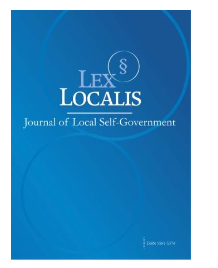REMOVAL OF MICROFIBER FROM LAUNDRY WASTEWATER USING THE ELECTROCOAGULATION METHOD
DOI:
https://doi.org/10.52152/r8t4fw09Keywords:
Microplastics, microfibers, laundry wastewater, electrocoagulation.Abstract
Microplastics (MPs) and surfactants are generally recognised as emerging contaminants with complicated ecotoxicological impacts. The majority of study data refers to laundry wastewater as a substantial source of MPs and surfactants in the aquatic system, which reaches aquatic environments through sewer discharges even when wastewater treatment facilities retain them. This study focused on releasing and removing contaminants from laundry wastewater, particularly MPs and surfactants. The electrocoagulation method was used to remove the pollutants from laundry wastewater. According to the results, a reference load of 2.5 L of synthetic textiles was observed to release approximately 92,700–114,300 synthetic microfibers (MFs). The treatment results demonstrated that the removal efficiencies of MFs were significantly higher under neutral pH conditions. At an operating time of 25 minutes and a current density of 300 A/m², the electrocoagulation process achieved optimum power consumption, with removal efficiencies of 97.9% for MFs, respectively. The total operation cost of laundry wastewater treatment by electrocoagulation was US$0.53 /m3. The readers will gain a complete understanding of the removal of MFs from laundry wastewater using the electrocoagulation technique
Downloads
Published
Issue
Section
License
Copyright (c) 2025 Lex localis - Journal of Local Self-Government

This work is licensed under a Creative Commons Attribution-NonCommercial-NoDerivatives 4.0 International License.








